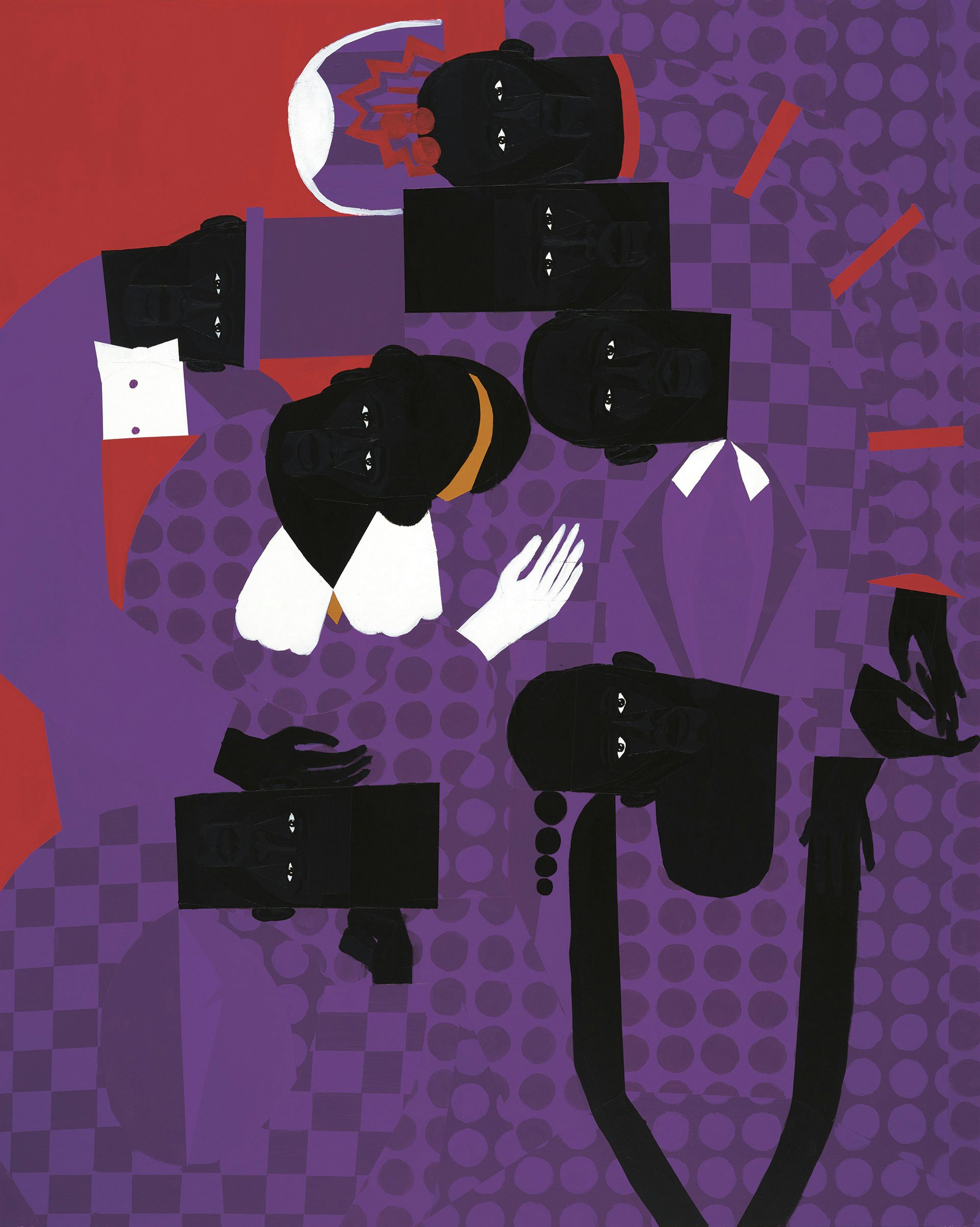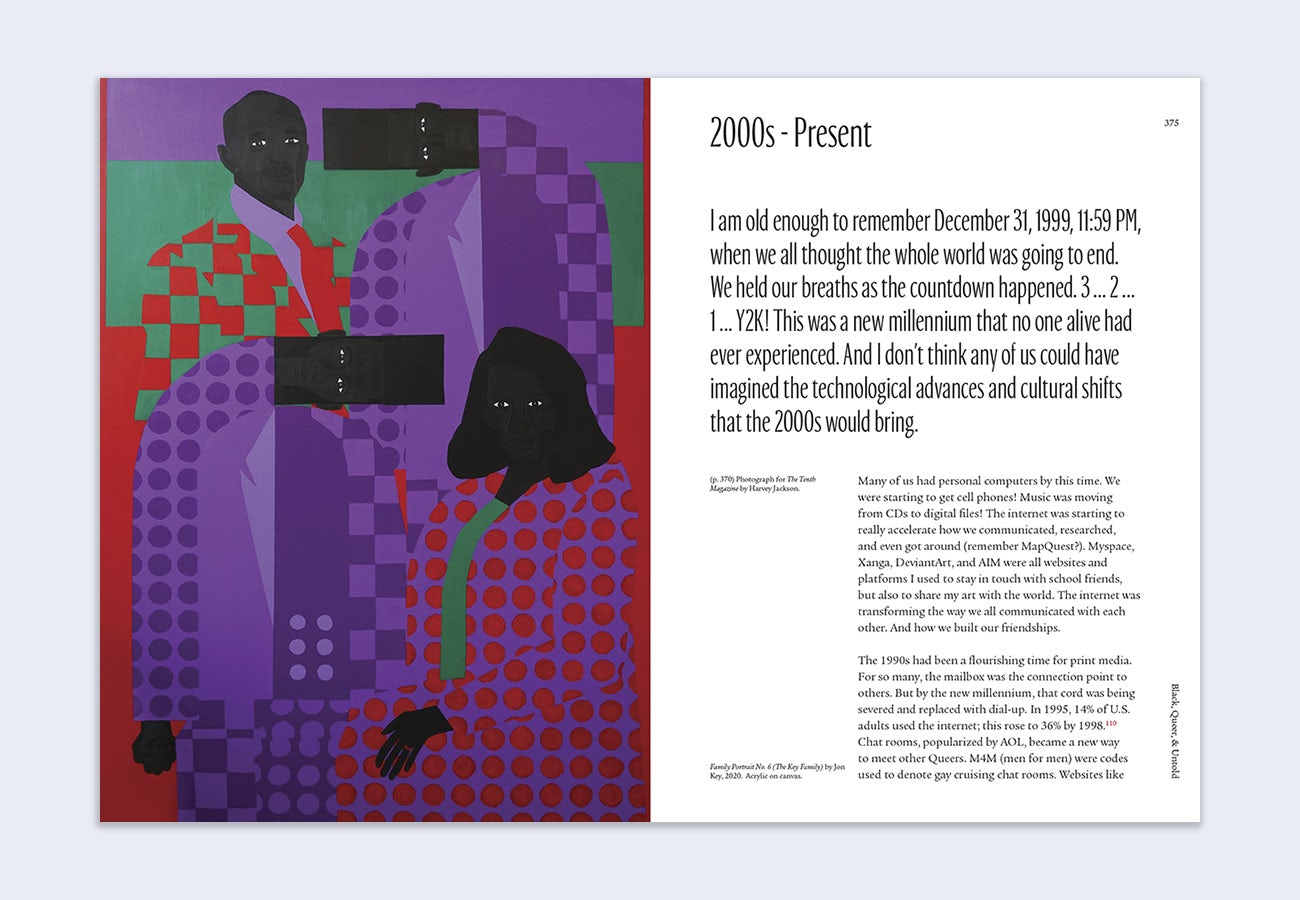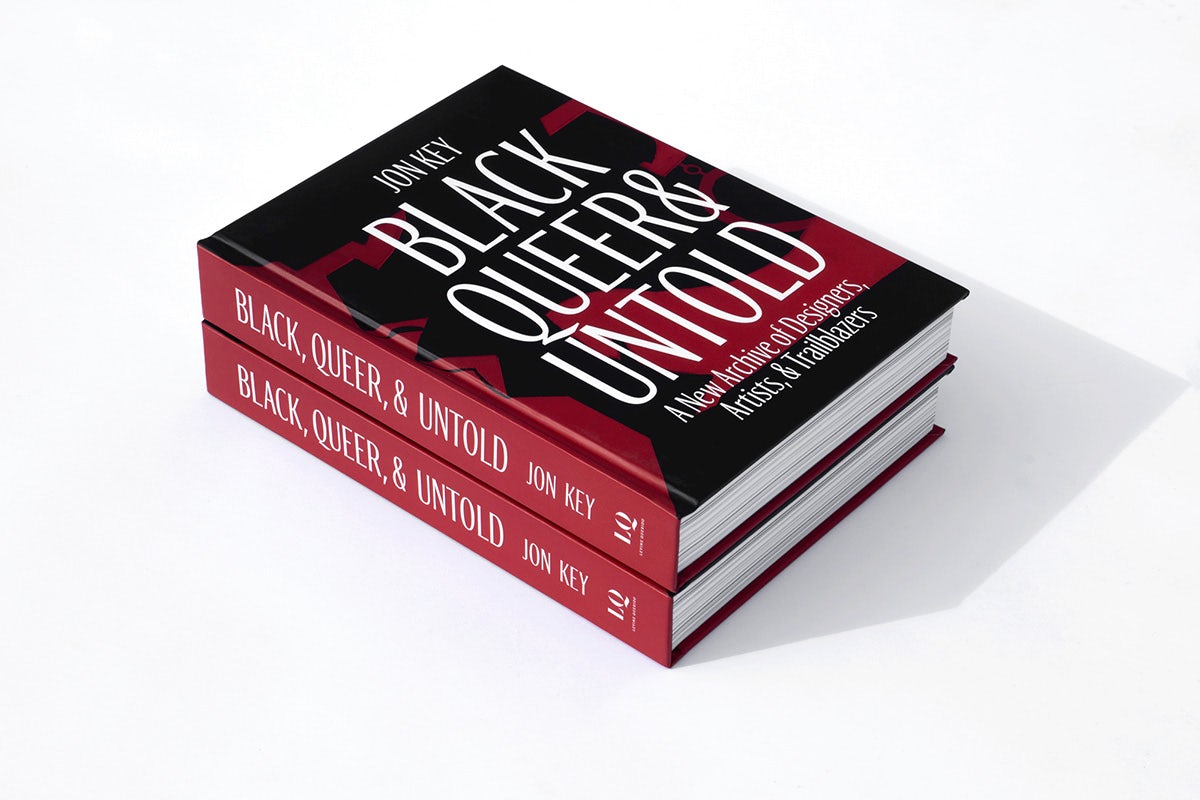Jon Key’s book traces Black and Queer design history
The artist and designer lays out the stories of people who have shaped design – and been shaped by it – in a crucial new book

“In many ways, I am obsessed with knowing the unknown,” writes Jon Key in the introduction of his new book. This curiosity is shared by many designers; whereas tastes, schools, and techniques vary, it is arguably the one attribute that most have in common.
In the book, Black, Queer and Untold: A New Archive of Artists, Designers and Trailblazers, Key applies this curiosity regarding “the unknown” to design history. Over a four-year period, the Brooklyn-based artist and co-founder of design agency Morcos Key researched hundreds of years’ worth of documents, including newspaper articles, academic essays, archival letters, posters and other design objects.

Many of these are reproduced in the book. In it, Key traces Black and queer design history, primarily through an American lens, but also covers both Black design and Queer design more broadly. Though detailed, Key doesn’t descend into textbook territory and instead reanimates these histories through storytelling.
Being part of this lineage, he opens the book appropriately by recalling his own beginnings in the world of art and design, and throughout he continues to weave his own experiences in with those of people who came before him.

The book traces stories back to the 1800s, though examples unsurprisingly become more abundant during the 20th century. While civil rights and liberation movements are covered, Key notes that this is where both Queer and Black design histories often start and end, and he makes a concerted effort to reflect a broader picture.
Publishing emerges as a particularly important thread. Key notes how Aaron Douglas and Richard Bruce Nugent’s work at short-lived quarterly Fire!! “pushed visual representations of Blackness and Queerness almost a century ago”. By the late 20th century, developments in self-publishing had given rise to mail-delivered magazines and zines including Malebox! and Thing.

Also featured is Alan Bell, who ran the Black lesbian and gay news title BLK. Before that, he also ran the mainstream weekly paper Gaysweek in the late 70s. Bell himself tells Key that he is bothered by the fact that “one of New York’s first serious Queer newspapers, run by an African American, has been lost to history or is in the midst of being lost to history”.
The book contains another extended segment on Mozelle Thompson, a prolific illustrator who in his short life worked on more than 120 records, as well as posters, children’s books, book covers, and editorials for the likes of Vogue and Glamour.

Many figures he highlights in the book may not be designers or artists themselves, but appeared in and adjacent to design ephemera like newspapers and posters, which Key argues is reason enough to cite them in the history of design. It’s an expansive approach that embodies the project’s mission to open up rather than gatekeep design history. Importantly, this approach also shows how design has been used to frame – positively or negatively – Queer people of colour.
“Black, Queer and Untold is not an exhaustive list of Black/Queer design objects,” Key writes. “I am hoping by publishing this work that you, Reader, will be inspired to contribute to this research too. These histories must be uncovered together to be remembered.”

Black, Queer and Untold: A New Archive of Artists, Designers and Trailblazers by Jon Key is published by Levine Querido; levinequerido.com









